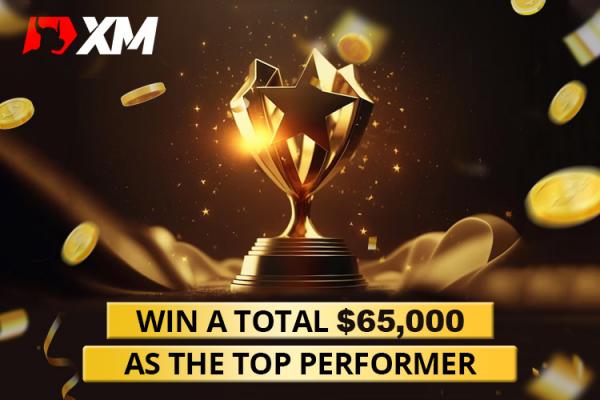FIBOGroup Contests
| Contest | Status | |
|
|
Join Weekly Demo Contest and Win $25000 | active |
|
|
Try for Free Forex Contest Triathlon and Win $25 000 | active |
Why is PMI considered more useful in forex analysis than GDP?
GDP is published quarterly, and it is too long for companies to wait for GDP before making important decisions. Besides, different countries often have different methods of calculating GDP. Such a difference makes them practically incomparable.
Contrarily, an independent institution that counts PMI for many countries will certainly use a similar method. Unlike other economic reports published by government bodies, PMI is commonly held and published by private institutions. This ensures the independence of the survey and lends credibility to the result.
Continue Reading at Guide to PMI Data in Forex Analysis
Are there any correlations between stock market indices and currencies?
As a matter of fact, yes. For instance, there is often a correlation between the rise of the US Dollar and strong gains in stock indices like Dow Jones, NASDAQ, and S&P500. Similarly, a correlation has been observed between the Nikkei stock index and the Japanese Yen.
Continue Reading at Correlation Between Stock Market And Forex
What is an example of interest rate change in forex?
Let's use EUR/JPY. Say the BoJ (Bank of Japan) rate is 0.1% and ECB (European Central Bank) is around 0.5%. If BoJ increased interest rates to 0.5%, then their rates will be the same as ECB. However, these changes will entice investors to move their assets to Yen, because they want to get some profit from the changes. Such movement will cause the rise of demand on Yen so that its exchange rates against Euro will rise too.
On the contrary, if BoJ lowers their interest rates to 0.05%, investors will sell their Yens and move their investment into other kinds of assets like bonds, property, or another currency with higher interest, Yen's exchange rates will decrease.
Continue Reading at Central Bank Policies That Affect the Forex Market
What are the biggest banks that trade forex?
Based on a survey in 2019, JP Morgan, UBS, and Deutsche Bank are the top 3. Each has a market share of 10.78%, 8.13%, and 7.58% of the global forex market respectively.
They are followed by Citi (5.53%), HSBC (5.33%), Goldman Sachs (4.62%), State Street (4.61%), and Bank of America Merrill Lynch (4.5%).
Continue Reading at Bank Trading Strategy: How to Do It in 3 Steps









